T cell immunoglobulin & mucin-3 (TIM-3; HAVcr-2) is an immune checkpoint receptor involved in the suppression of both innate & adaptive immune cells.
TIM-3 – Galectin-9 Pathway
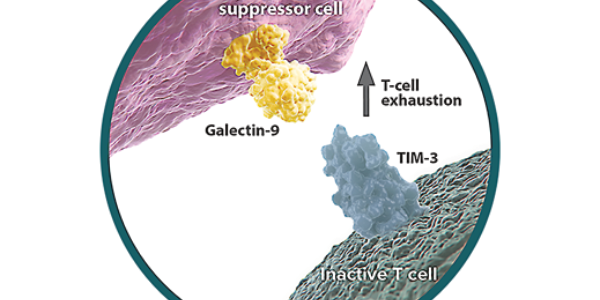

T cell immunoglobulin & mucin-3 (TIM-3; HAVcr-2) is an immune checkpoint receptor involved in the suppression of both innate & adaptive immune cells.
![ICOS [CD278] – ICOSL [CD275] Pathway ICOS [CD278] – ICOSL [CD275] Pathway](https://www.caltagmedsystems.co.uk/information/wp-content/uploads/icos-600x400px-600x300.png)
ICOS/ICOSL signalling leads to the activation, proliferation and survival of cytotoxic T cells, as well as the survival of memory T cells.
![PD-1 [CD279]/PD-L1 [CD274] Pathway PD-1 [CD279]/PD-L1 [CD274] Pathway](https://www.caltagmedsystems.co.uk/information/wp-content/uploads/pd-1-600x400px-600x300.png)
The PD-1/PD-L1 or PD-L2 signalling pathway is a negative regulatory mechanism that inhibits T cell proliferation and cytokine production.
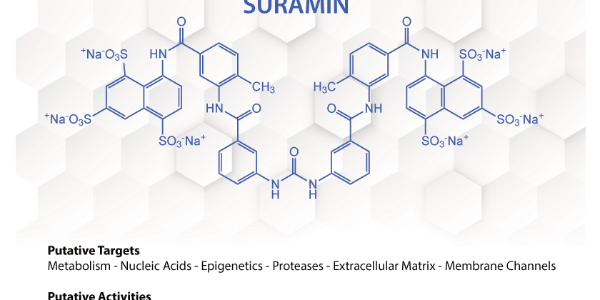
Suramin is a multifunctional molecule with a wide array of potential applications, from parasitic and viral diseases to cancer, snakebite and autism.
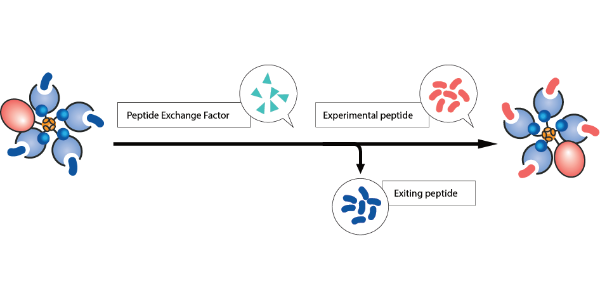
Using nanoparticle technology in making vaccines for infectious diseases/cancer is advancing & enhances the immunogenicity of some vaccine candidates.
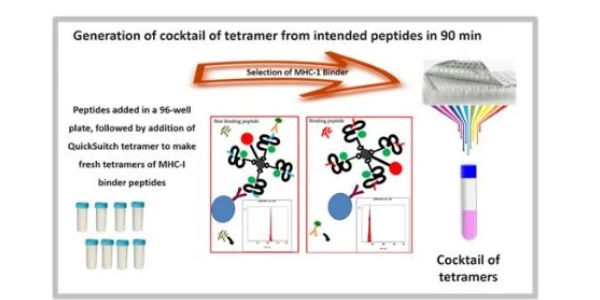
The process of T cell exhaustion & how it can be harnessed for immuno-oncology drug discovery and for immune checkpoint screening of drug candidates.

Therapeutic antibodies dominate pipelines and top selling drugs at major pharmaceutical companies. They have proven to be valuable tools in the fight against diseases from cancer and autoimmune disorders to infectious and neurodegenerative diseases. Beyond therapeutics, monoclonal antibodies shown to
Immunotherapies such as monoclonal antibodies, bispecific antibodies (Bi-specific T-cell engagers or BiTEs) and adoptive T-cell therapies (e.g. CAR-modified T-cell) have provided great advances in cancer treatment. However, testing new therapies is not without risk. The most common and potentially severe
TransFix® is designed for stabilisation of peripheral blood and cerebrospinal fluid to enumerate lymphocyte subpopulations by flow cytometry. However, researchers have developed many new and innovative uses of TransFix. We’ve presented a selection of publications to highlight the versatility of
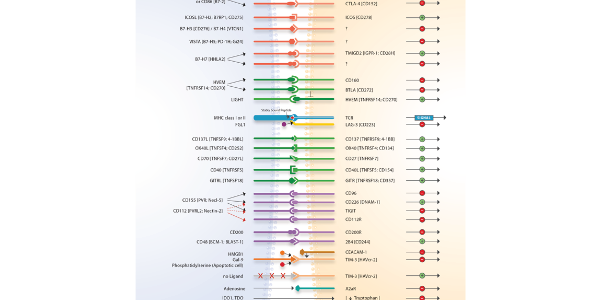
AdipoGen Life Sciences offers a broad panel of immune checkpoint reagents, including recombinant proteins, antibodies and ELISA Kits.